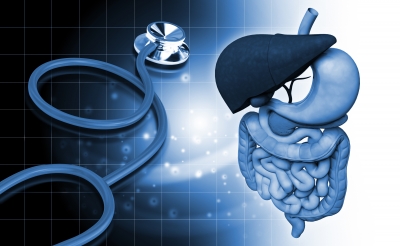Treatment Options For Diverticulitis
Treatment Options For Diverticulitis

Image courtesy of dream designs at FreeDigitalPhotos.net
Individuals diagnosed with diverticulitis whether they have symptoms or not will need to undergo treatment. Fiber in a diet helps to keep the stool soft and keeps the pressure inside the colon low so that the bowel content can move normally inside the colon. When the diverticulitis is mild the doctor will usually prescribe a low fiber diet until the diverticulitis has healed and then ask the individual to gradually increase the fiber content of their diet until they achieve high fiber diet content. The American Dietetic Association typically recommends 20 to 35 grams of fiber each day. Your doctor may also recommend that you drink a fiber drink every day especially for a while after you have healed from your diverticulitis. Your doctor may refer you to a nutritionist for help in planning your diet. The dietician can tell you about foods like apples, kidney beans, Brussels sprouts, lima beans brown rice, black-eyed peas, acorn squash, and raspberries that contain fiber. Your doctor will remind you to drink plenty of water so that you don’t get constipated.
Other than a change in diet, exercise and physical activity each day with a minimum 30 minutes of exercise and activity will help the bowel to keep moving properly. Your doctor will discuss certain activities like walking, swimming or bicycling to keep your body active and your bowels moving great.
In order to rest your colon the doctor may order bed rest for a few days, and a liquid diet. Pain medication will be prescribed such as acetaminophen (Tylenol). If you are experiencing muscle spasms in the colon the doctor will prescribe a medication to quiet your colon down.
If you are experiencing an acute attack of diverticulis where you are in intense pain, or have a severe infection, or complications from diverticulitis, you will be hospitalized for treatment and possible surgery.
Whether you are having a mild or severe attack of diverticulitis you will be on antibiotics by mouth or by intravenous therapy.
Surgery is necessary when there are complications like a total or partial blockage of the intestine, peritonitis (infection that spreads from the diverticula to the abdominal cavity), a fistula, or an abscess. Recurrent diverticulitis also requires surgery or if the diverticulitis is not responding to antibiotics.
When emergency surgery is required it often means that you will need to have two surgeries. The first surgery will be to clear the infected abdominal cavity and to remove any part of the colon that is damaged. It is usually not safe to rejoin the colon during this first operation, so the surgeon will create a temporary hole, or stoma, in the abdomen in which the end of the colon is connected to this hole and your stool goes into an attached bag to the opening in your abdomen. This procedure is called a colostomy. After your body heals from the diverticulitis a second surgery will be performed to rejoin the ends of your colon.


